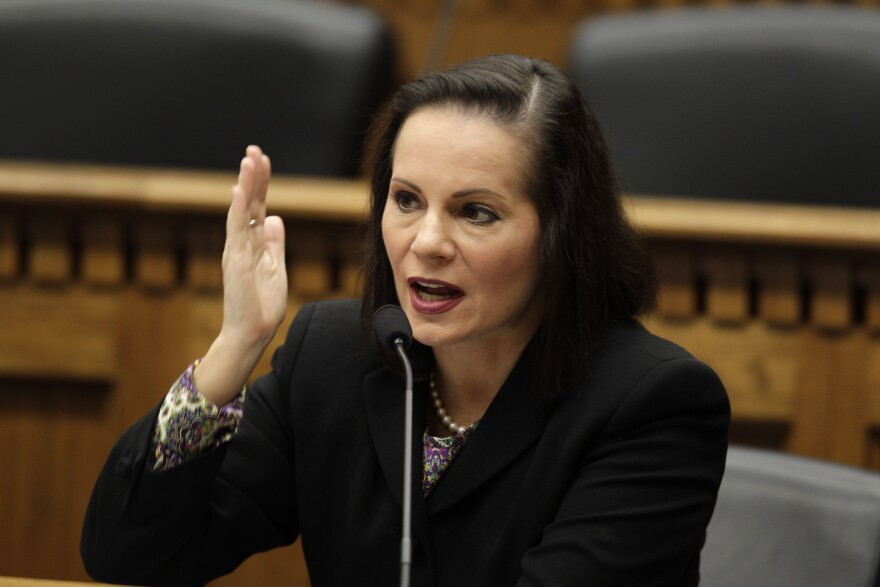School districts in Washington state are trying to figure out how to safely bring students back to school for at least some in-person instruction in the fall, given the risks of the coronavirus pandemic and public health requirements.
At the same time, they face pressure all the way from the White House. President Donald Trump has threatened to withhold federal funds from districts that do not bring all students back for full-time, in-person instruction.
Many districts, including Seattle, Highline and Tacoma, are proposing a hybrid model of some in-person instruction and some remote learning, with an option for students to do all online learning if that’s what their families prefer. But Education Secretary Betsy DeVos has slammed plans for only offering some in-person schooling, saying that would fail both students and taxpayers.
The comments from the president and DeVos drew sharp criticism from the Washington Education Association, the statewide teachers union. WEA President Larry Delaney said while federal funding makes up just a small fraction of school district budgets, the funds are intended to help students in poverty and others most in need.
“The idea that somehow the penalty for districts not complying with the wishes of the president is to withhold dollars that impact our neediest students is just ludicrous,” he said.
The threats also exacerbate the stress school district leaders are facing right now, including a lack of sufficient funds for all the protective equipment and materials they need to reopen during a public health crisis, said Meredith Honig, a professor of education policy, organizations and leadership at the University of Washington.
“The costs of opening are extremely high and now’s really not the time for the federal government, if they want to support schools, to say, 'We’re going to withhold funding,’” Honig said.
Districts will have to spend money on everything from extra masks for students and staff, cleaning supplies as well as materials and books so that students no longer have to share.
All around the region, school district administrators are trying to map out how to bring students back into school safely and protect teachers, staff and children from contracting the virus. It’s a major logistical puzzle.
Susan Enfield, superintendent of the Highline School District south of Seattle, said in a presentation earlier this month that if families choose a hybrid model, students would be divided into two groups. One would come on Mondays and Tuesdays and the other on Thursdays and Fridays. Wednesdays would be a day for deep cleaning schools, collaboration among teachers and possibly some targeted instruction for students who need it.
Enfield said the district is trying to keep family logistics in mind.
“We understand the need to try to keep siblings together, so we are going to do that as best we can so that students from the same family are in school on the same days and home on the same days,” she said.
Enfield said health requirements mandate that students stay 6 feet apart and building constraints make it impossible to bring all students back at once. The district also plans to offer a 100 percent remote learning option.







